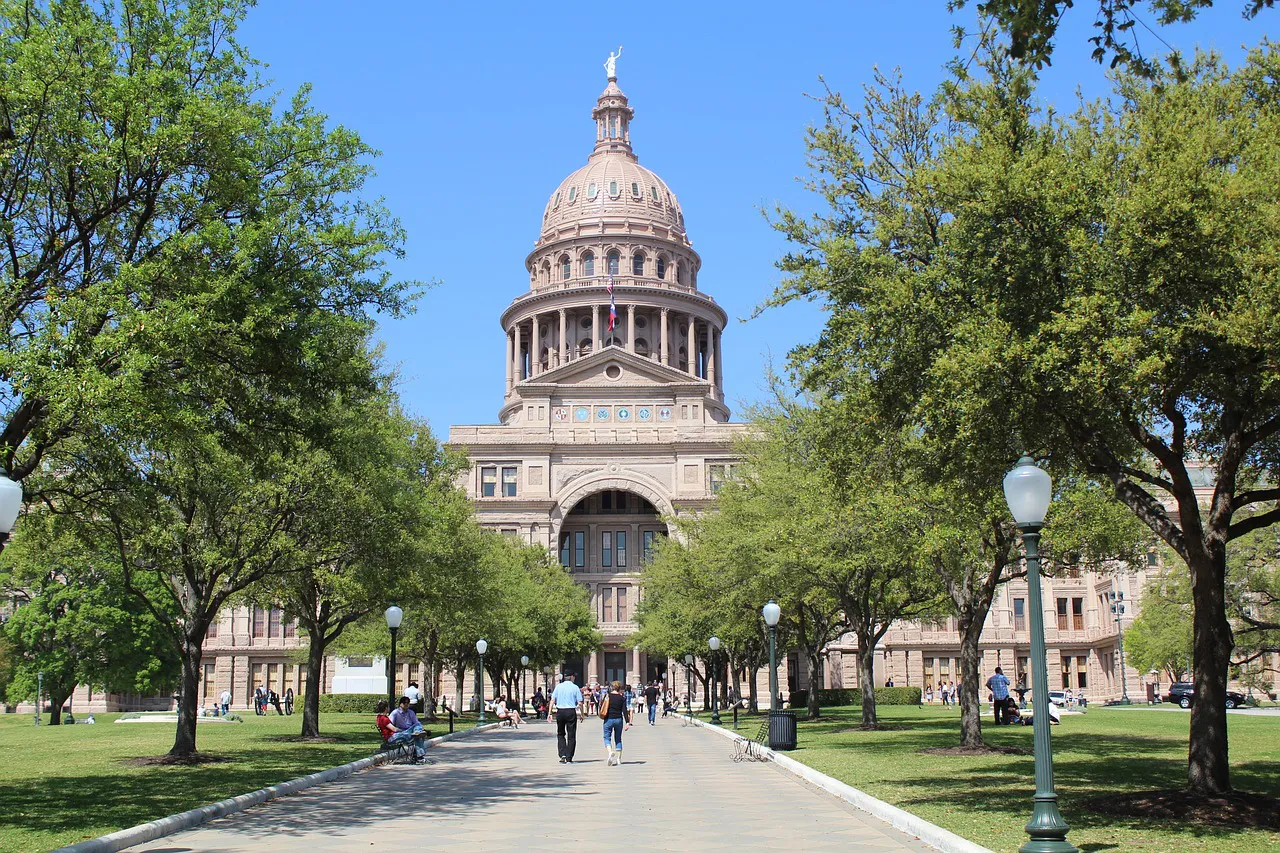prepared by Vilma Luna, HillCo Partners
The budget bills continue to be developed in House Appropriations and Senate Finance Committees. This phase of the budget process is expected to result in bills that rely primarily on damaging cuts impacting jobs, health care services to the poor and elderly, and education, especially in the House. The budget remains significantly underfunded in terms of maintaining basic state services at current levels and appropriating general revenue for priorities identified by state agencies. Capitol corridors are packed with the faces and families impacted by cuts in public education, healthcare, criminal justice, public safety, air quality and natural resource programs. Rallies by teachers and state employees expecting layoffs punctuate the budget story.
Though use of the Rainy Day Fund is anticipated, significant shortfalls remain in the budget, primarily in Article II-Health and Human Services, and Article III- Education. In Article II, both HB1 and SB 1 seek to bridge a $9 billion delta between the base bill and agency estimates of necessary funding with cuts and cost containment strategies. The proposals provide for 10% Medicaid provider rate cuts and make assumptions of savings in healthcare delivery by further shrinking payments in the form of “cost containment strategies” applied to programs ranging from visually impaired children to nursing homes. Medicaid managed care expansion to additional populations and geographic areas have been offered up as savings options. Major areas that have not been addressed include restoration of Medicaid provider rates and adjustment for increased costs and caseloads.
In Article III, state funding for public education impacting local school districts, as well as state funding for higher education impacting student financial aid and tuition rates, has been reduced. For the first time since the landmark Gilmer-Akins law was passed in 1949, the Texas Legislature is considering a budget that will not fund education at current law requirements. Although the Senate’s latest plan reduces the shortfall, it contemplates a $4 billion reduction for the next biennium. The House budget reduces public education current funding by over $7 billion.
As state funds are rationed, local governments become the safety net as communities are called on to save services and jobs at schools, clinics and hospitals and become the funders of unmet need. Cities and counties, already strapped with budget issues of their own, are anticipating cost shifts to local government. Federal funds that were used in the last budget have not been restored with state general revenue.
The timeline for budget: The House bill is expected to be voted out of committee around March 23rd, and debated on the floor around the end of the month. The Senate bill is expected to be voted out of committee by the end of March and debated on the floor the early part of April.
This week the House Appropriations committee closed its bill , readying it for printing and a full committee meeting next week to vote HB 1 out of committee. The vote on final budget recommendations was split primarily on party lines, with Democrats voting against the Health and Human Services and Public Education recommendations. One Republican, Susan King, voted against Article II recommendations. The bill remains largely as filed, with deep cuts across all Articles of the budget.
The Rainy Day Fund: The Governor and Speaker Strauss reached consensus on use of $3.2 billion from the Rainy Day Fund (RDF), $1.8 billion of which went to fund caseload growth and other smaller items in Article II- Health and Human Services. The additional funds still leave a need of $6-7 billion to restore rate cuts and other major items for health and human services.
The Senate has not acted on use of the Rainy Day Fund, but is expected to consider using more of the RDF than the House for public education and Medicaid.
The Senate Finance subcommittee is continuing its work in Article II and Article III this week. Chairman Ogden has called on the Finance subcommittees to complete their work and report back to full committee as soon as possible. The Finance committee is expecting to complete its work in the next week, though the hearings have been cancelled on several occasions
over the past few days, as the Lt. Governor and senators work behind the scenes to set priorities for restoration of funding, and review cost containment initiatives.
Next Steps in Budget Process: Once both chambers have passed their budgets, the bills will be referred to conference committee, where the legislators will reconcile differences between the House and Senate budgets. Many areas that remain underfunded at this point will be revisited during the conference committee. Budget negotiations will continue through the end of the session.
Senate Finance Subcommittee on Fiscal Matters: Lt. Gov. David Dewhurst has appointed Sen. Robert Duncan to head the new Finance subcommittee on Fiscal Matters, and asked Sen. Steve Ogden, chairman of the Senate Finance Committee, to appoint the six other members of the panel.
Duncan’s subcommittee will evaluate cost-savings proposals, explore non-tax revenue alternatives and review unspent fund balances held by government entities before making their final recommendations to the Senate Finance Committee, with a goal of identifying at least $5 billion of nontax revenue. The remainder of the subcommittee members will be appointed on Monday, March 21st.
HillCo Partners will continue to monitor the budget process closely. Please feel free to contact us regarding the budget or other issues of interest.

